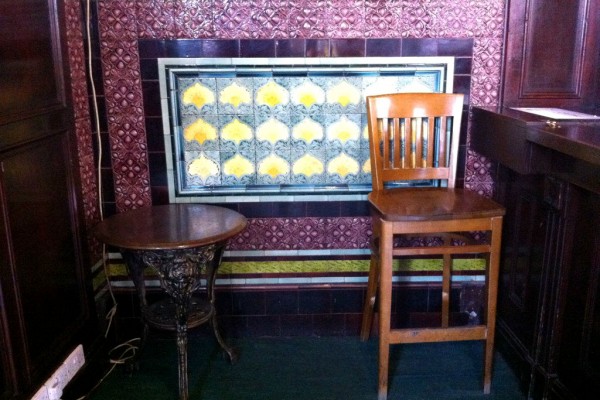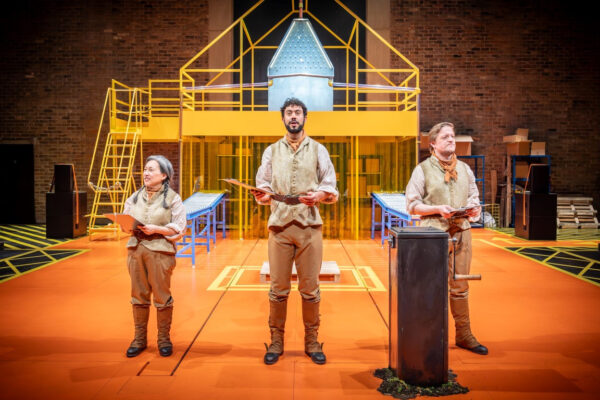Once there were 10 pubs on Smithdown Road – a popular pub crawl for students. But the area’s stuttering regeneration and changing dynamic has taken a heavy toll on its characterful public houses.
The Boundary is well-named, marking the end of Lodge Lane, Tunnel Road, Smithdown Lane and Smithdown Road. Five roads that reach deep into Granby, Edge Hill, Allerton, Wavertree and the edgelands of the city centre. The pub has traditionally marked the beginning of the Smithdown Ten – a rite of passage that many students take on, a pint in each, at the end of exams, term or year.
I have completed the pub crawl half a dozen times – the first when there were still 10 pubs on Smithdown Road. The last – in recent weeks – was a shadow of its former self. There are now six pubs on Smithdown Road and few are in rude health. Much like Smithdown itself up here towards town.
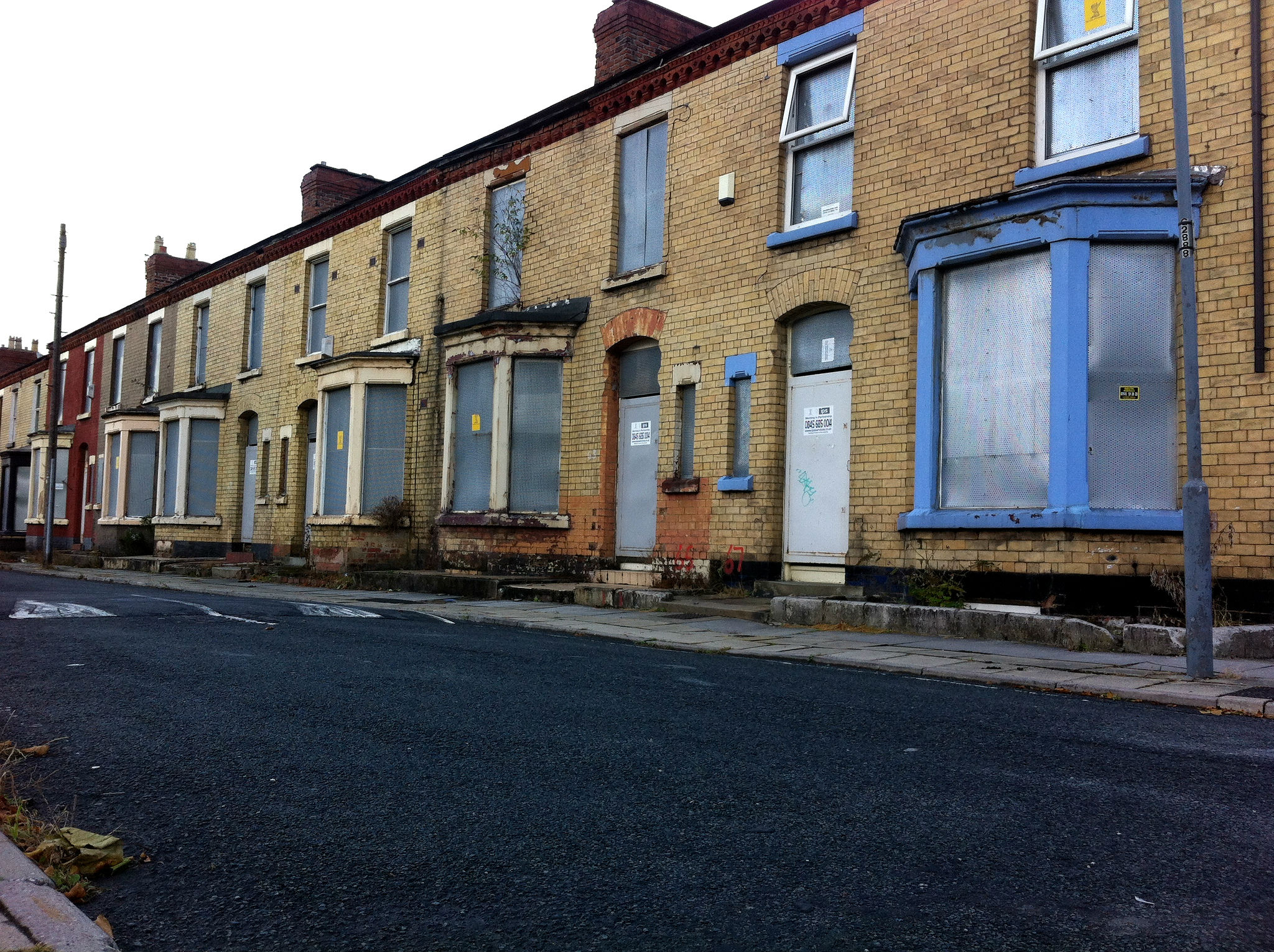
The first impressions of The Boundary, however, are optimistic. Despite the electronics, shiny new beer pumps and messages warning that drugs will not be tolerated, very little has probably changed in 100 years; certainly not since I first ventured in.
I ask the barmaid if I can take some photos. “It’s such a great old place,” I offer, weakly. She shakes her head with a look that speaks volumes. “You should try working here.”
She has a point. The pub had a reputation for violence that saw it threatened with closure, but it feels like one of those places where anything could happen. A friend once saw a quadriplegic chap in the front bar laid out on a gurney; apparently unable to speak he would communicate to his mates either side when he was ready for a slurp of beer or a draw on a fag by blinking his right or left eye.
It is a grand old place, though. Amid the 60s pub furniture – now old enough to take on a charm of its own – and betting forms that cover the walls, The Boundary is full of authentic period details; huge advertising hoardings lauding the wares of the Matthew Brown Lion Breweries and Sela Very Rare Scotch Whiskey.
Not that you’d know it now – if you’re looking for beer there’s a choice between Tetley’s Bitter and ghastly Smoothflow. I sense that the real ale revolution will bypass The Boundary, and all the better for it.

Next up used to be The New Campfield, certainly my least favourite of the original 10. It felt like a dangerous place to be; there will be no romanticising here for a boozer that felt like a working men’s club – all chipboard and formica – and now an equally uninviting flat conversion. The pub’s only noteworthy feature – its exterior beige tiling – has been painted black.
The Newstead Abbey has what may be the most misleading signage in Liverpool; it features the Augustinian East Midlands priory on the hoarding, creaking in the breeze, complemented by steel window shutters and ashtrays with the covers ripped off. Inside the pub is like an old couple’s front room – a true public house that has a small collection of regulars orbiting the bar.
Entertainment is streamed off the internet and I hear a story about a different pub in the city with a hooky Sky set-up. These satellite feeds feature a pint glass icon that denotes an authentic channel – the owners of the pub in question had simply tippexed a pint glass onto the flatscreen to fool the Sky sniffers.
The small yard out the back is even more homely. “It’s like your Nan’s flat,” says a companion. It certainly does have a dead-end Sunday afternoon ambiance. Again there is only lager here; a collection of 50s and 60s favourites on the speakers and photos of the regulars on a fancy dress night. In one sense that brings its own comforts; the idea that pubs along this barren patch can still have something as, well, regular as regulars.
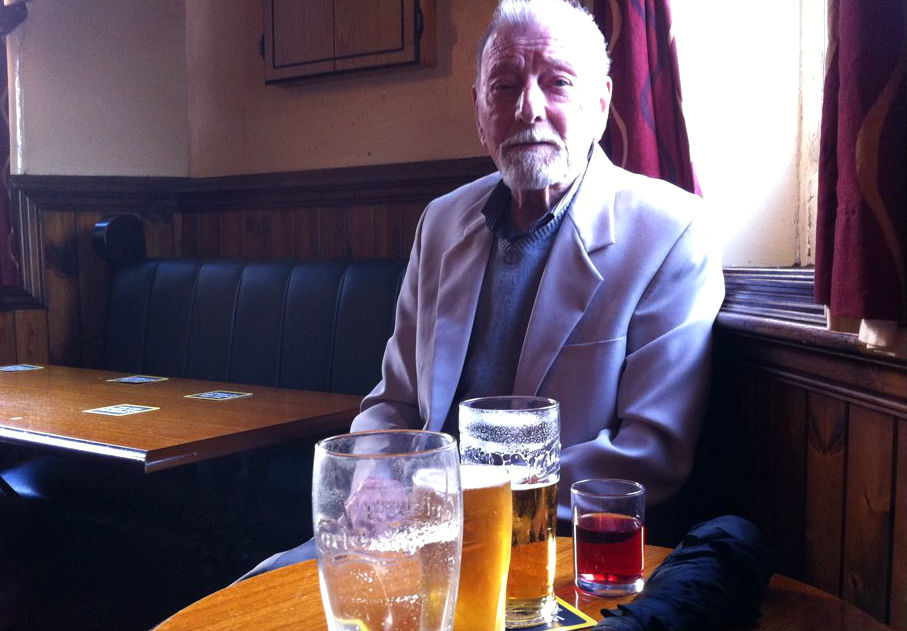
Jack Jones has drunk here for 35 years, slowly moving up Smithdown Road as the pubs closer to his house – The Mulliner and The Albany – quietly faded away. He can’t go far these days on account of his legs.
Jack has the kind of life story you could write a book about – and it would not make a happy tale. Divorced and with both a son and a step-daughter claimed by cancer at 38, Jack is long retired. He’s wearing his Sunday finery and nursing a small collection of drinks.
Jack shrugs matter-of-factly when asked why the pubs have found it hard to exist on Smithdown Road.
“There are a lot of East Europeans that live here now – they don’t come to the pubs to drink – and there are less people too.” He gestures around the pub.
“A lot of these people came here when the Rob Roy [on Lodge Lane] closed; otherwise it would be empty in here.”
The geographical and demographical make-up of Smithdown Road has changed enormously since I first toured these pubs. Once the terraced rows were home to thousands of white working-class families and while Lodge Lane has diversified significantly in the last 50 years, the area was still recognisable ‘Scouse’ just a handful of years ago.
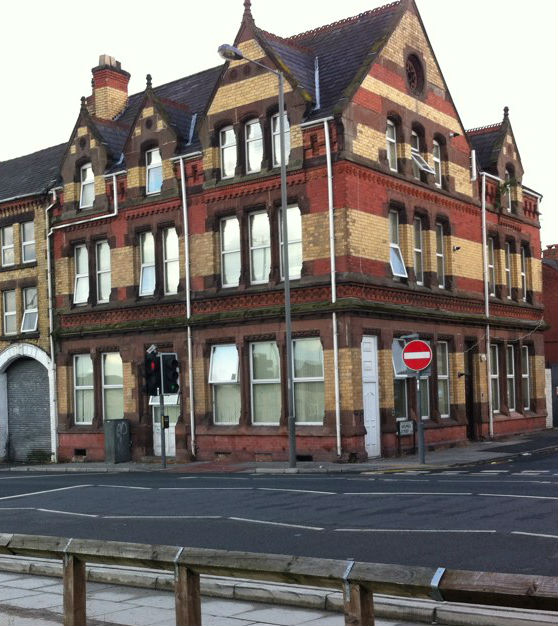
Walking down from the crest of the road it is clear that is no longer the case. While nearby Lodge Lane is a poster-boy for the miscegenation of different races and creeds, the top of Smithdown feels segregated into clusters of Muslims, Poles and Anglo-Saxons; it’s clear that the latter are abandoning the area.
Row after row of terraces have been demolished in the last five years and, with them, the fortunes of the shops and pubs surrounding them have taken a battering. The New Campfield and The Albany were converted into flats a decade ago but The Mulliner hung on. It now stands alone and boarded up, like an outpost. Beset by buddleia and irresistible entropy, the clock is ticking.
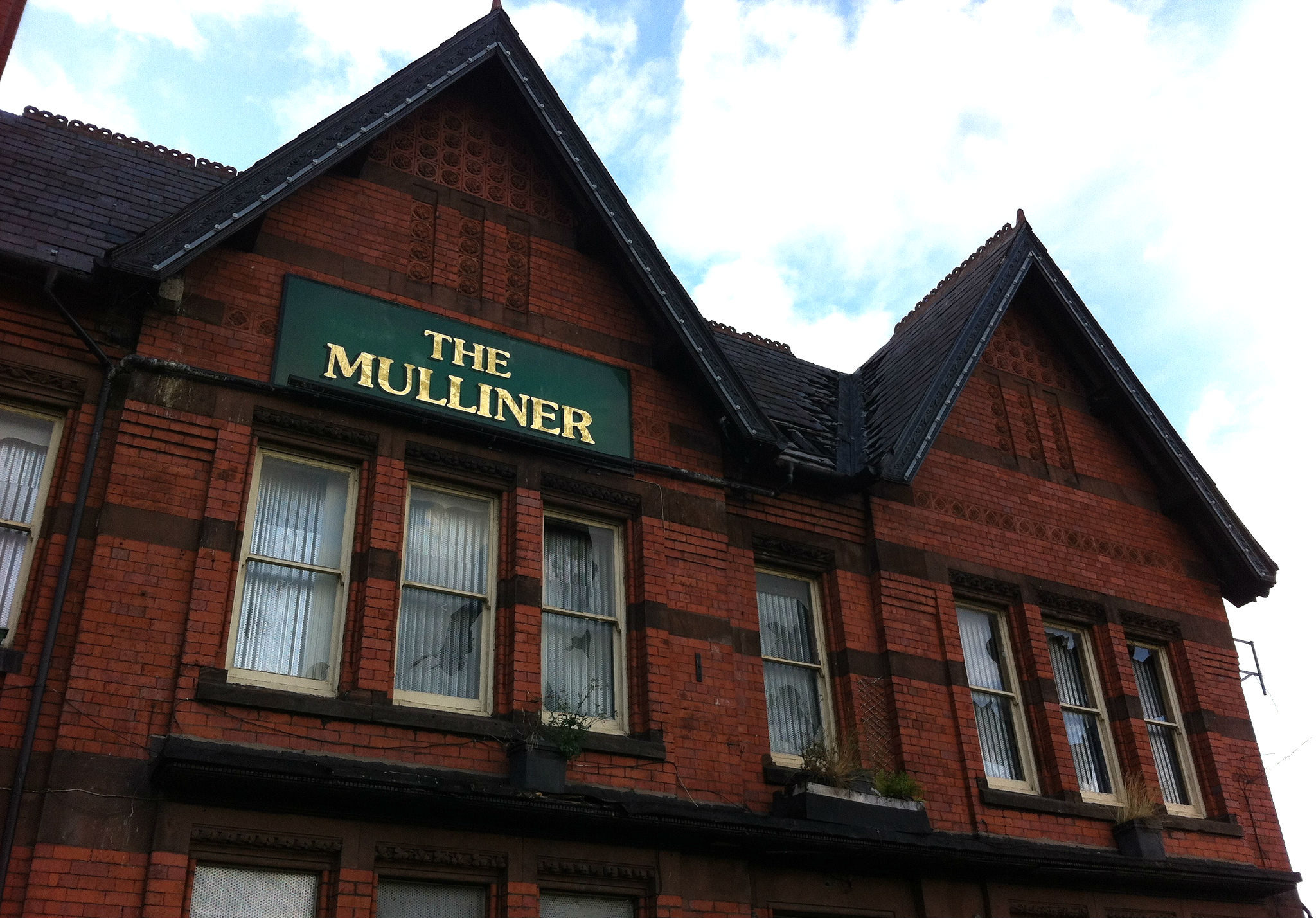
The council own the building and seem unsure what to do with it, but I’m full of pessimism for the grand old corner pub. And not just The Mulliner; surveying the surrounding area – flattened not by the Luftwaffe but by disastrous urban planning, stuttering regeneration and economic stagnation – on a bleak, miserable Sunday evening would be sobering. By this point I would have had five pints all those years ago. I’ve had just two so far so feel doubly morose.
Further down the road is the Royal Hotel, undoubtedly the grandest of the pubs on Smithdown Road; a Victorian edifice of brick and ornate tile from an era when buildings were entertainment in their own right. It’s a glorious sight and a pub that always seemed busy – it was full of elderly Sikh gentlemen enjoying a Guinness the last time I was there and I’d hoped that the pub might mark the end of the rot. However Sutton Kersh has just sold the building to a developer after it closed late in 2012. Students flats, comes the dread answer.
The Royal is Grade-II listed so its fate lies with the planners, but I can’t see how it could be any other way. As Smithdown Road’s fortunes have waned, so too have the pubs – cheap booze, the loss of traditional pub-goers and the general decline of the area have undoubtedly played a part but we simply don’t use pubs in the same way we used to; it’s an art we seem to have lost. When asked about the Smithdown 10 the rheumy eyes of the bar staff and regulars looks askance; like so many things in these sad pubs it’s a thing of the past.
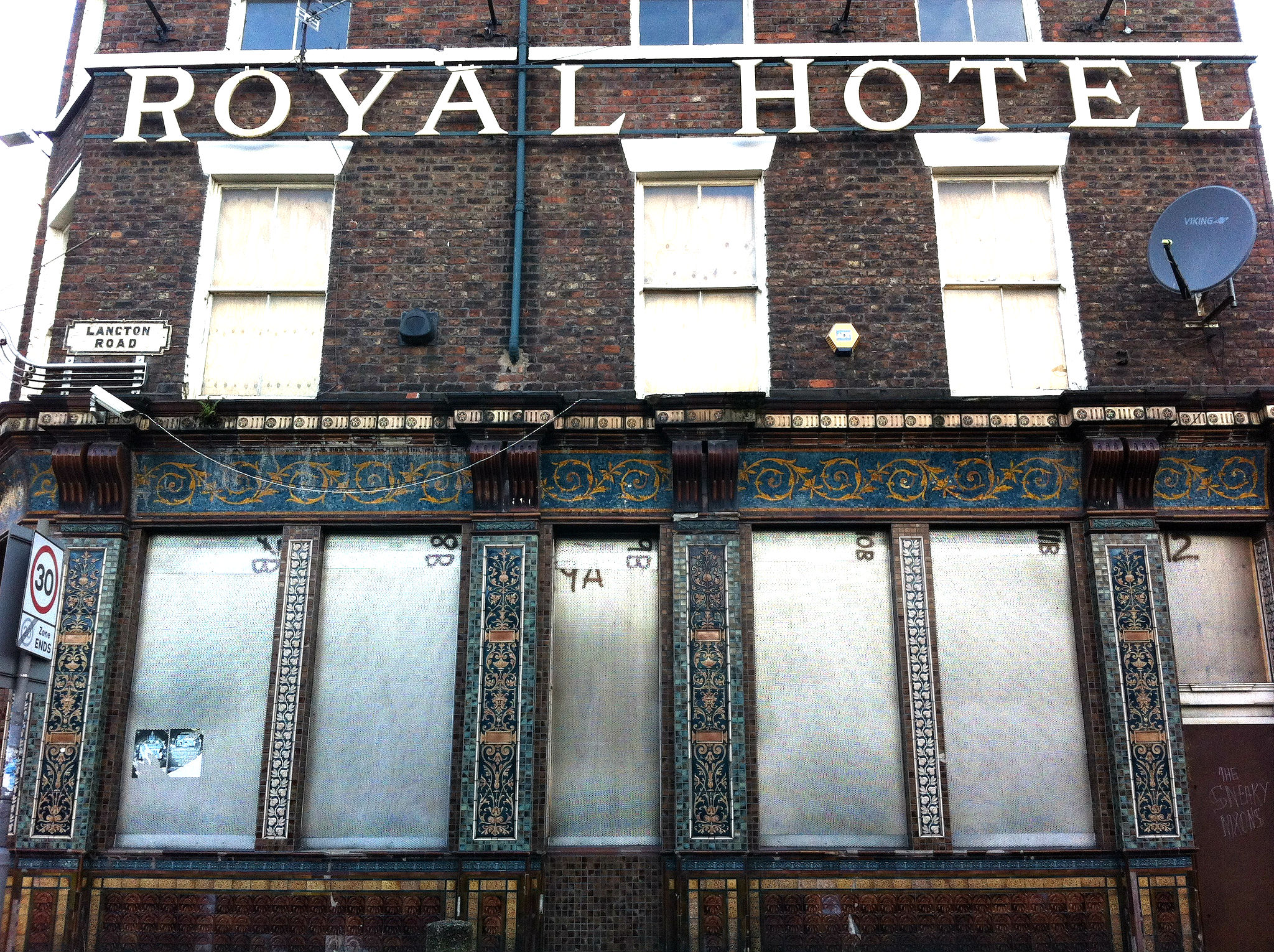
Next up used to be The Woodcroft, an enigmatic, dangerous pub whose main distinguishing feature in my mind was the Stygian gloom in which it was always shrouded, the curtains undrawn during the day. It had a bad reputation and went through a period where it closed, got burned out and briefly reopened – seemingly on a monthly basis. It’s now painted a garish pink and an Indian restaurant; the derelict beer garden the only reminder of what was.
In need of succour – not to mention a decent pint – I press on to The Willowbank, something of an oasis on the dry Smithdown and the beginning of a new frontier, marking an artificial barrier between studentville and the top of Smithdown. The Willow is a regular of mine that serves excellent real ales – generally the only one of the original 10 that made any effort to sell a selection of decent beers – and has jukebox and darts board (I drink a pint of hoppy Golden Pippin).
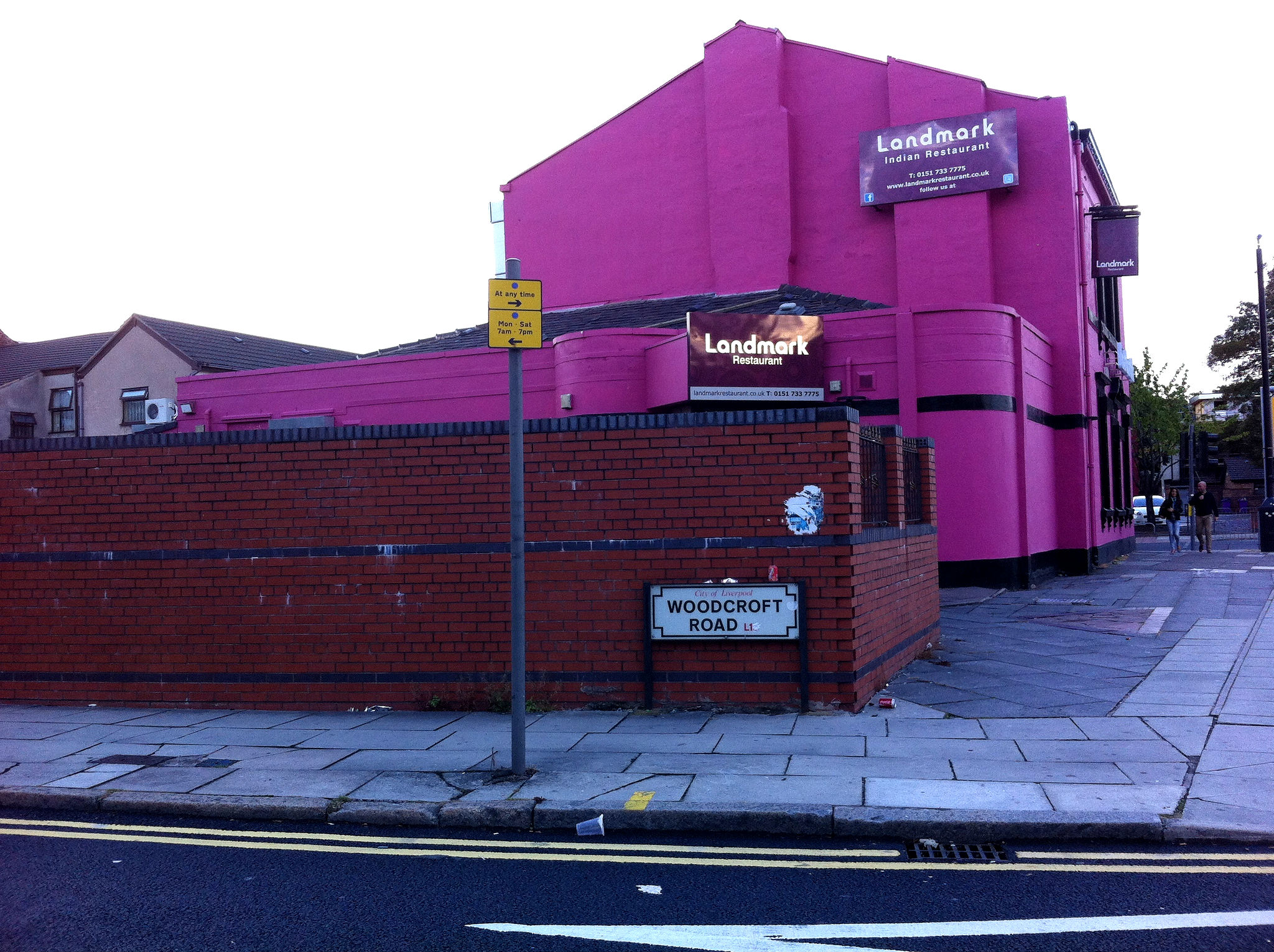
Regulars and students rub along together and the front courtyard heaves with drinkers in Summer. It’s not without its edges and kinks, but the cast of regulars – all rejoicing in unlikely nicknames such as Cricket Paul and Politics Dave – are indicative of a public house largely doing the right things.
Beyond Gainsborough Road the tone of Smithdown Road changes significantly. There are shops here, cafes, charity shops. Oomoo and the wonderful Selam Eritrean restaurant nestle alongside takeaways, offies and general dealers promising cheap long-distance phonecalls. When I lived off Smithdown as a student, the pub I frequented most was Kelly’s Dispensary.
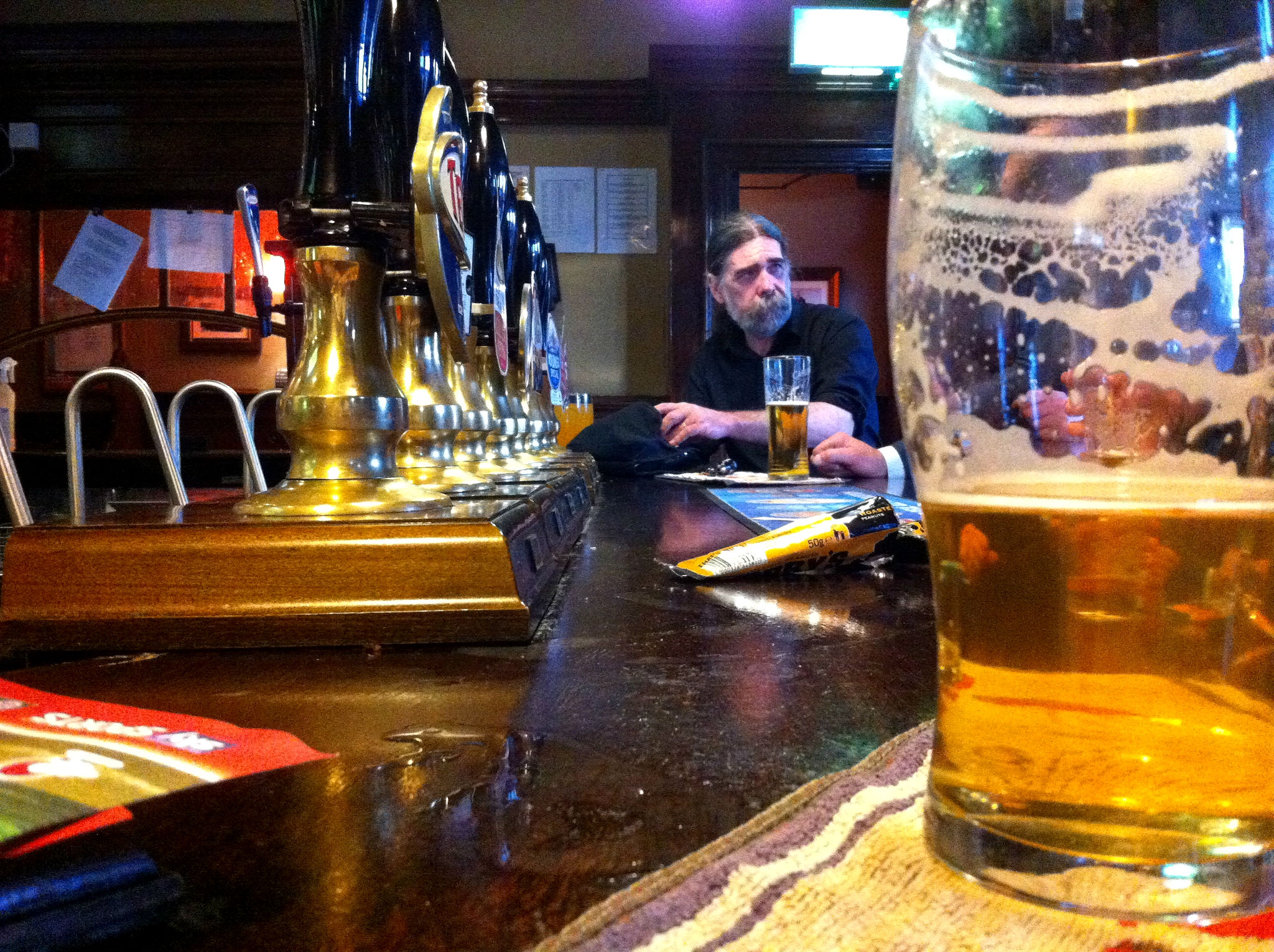
Thankfully busy, it doesn’t feel like it left the late 90s. The Stone Roses are on the jukebox, there’s table footy and a widescreen showing The Simpsons. The beer isn’t up to much but it’s nice to be back here – a place where revellers would gather for warm-ups or comedowns back in the day. There’s still an aspect of that as the patrons make the most of the arse-end of the weekend with a few quiet pints.
The glimmer of optimism generated by The Willow and Kelly’s is extremely welcome. Two consecutive pubs have provoked smiles and the right kind of low-key Sunday revelry. Hopes rise. Finally, the pubs along Smithdown look like they may have a discernible, definite niche and, consequently, a future. That feeling last until the second we walk into The Clachan.
There is literally no one in The Clachan when we arrive; a dead-eyed barman flicks through a paper and Chris Isaak’s Wicked Game gives the place a funereal air. Despite the evacuation of students to managed spaces in town, 0151 733 is still student- and graduate-central so it’s puzzling – startling even – that the pub is deserted.
“The students aren’t here,” offers the man behind the bar by way of explanation. Is it better when they’re here? A pause. A shrug.
“No.”
“Students don’t drink in pubs any more,” he mumbles; he looks like the most tired man in the world. “No one has any money.” We enquire about bar snacks.
“We don’t sell any, but you can bring some in from the newsagent next door if you want.” He wanders off, reluctant to talk further.
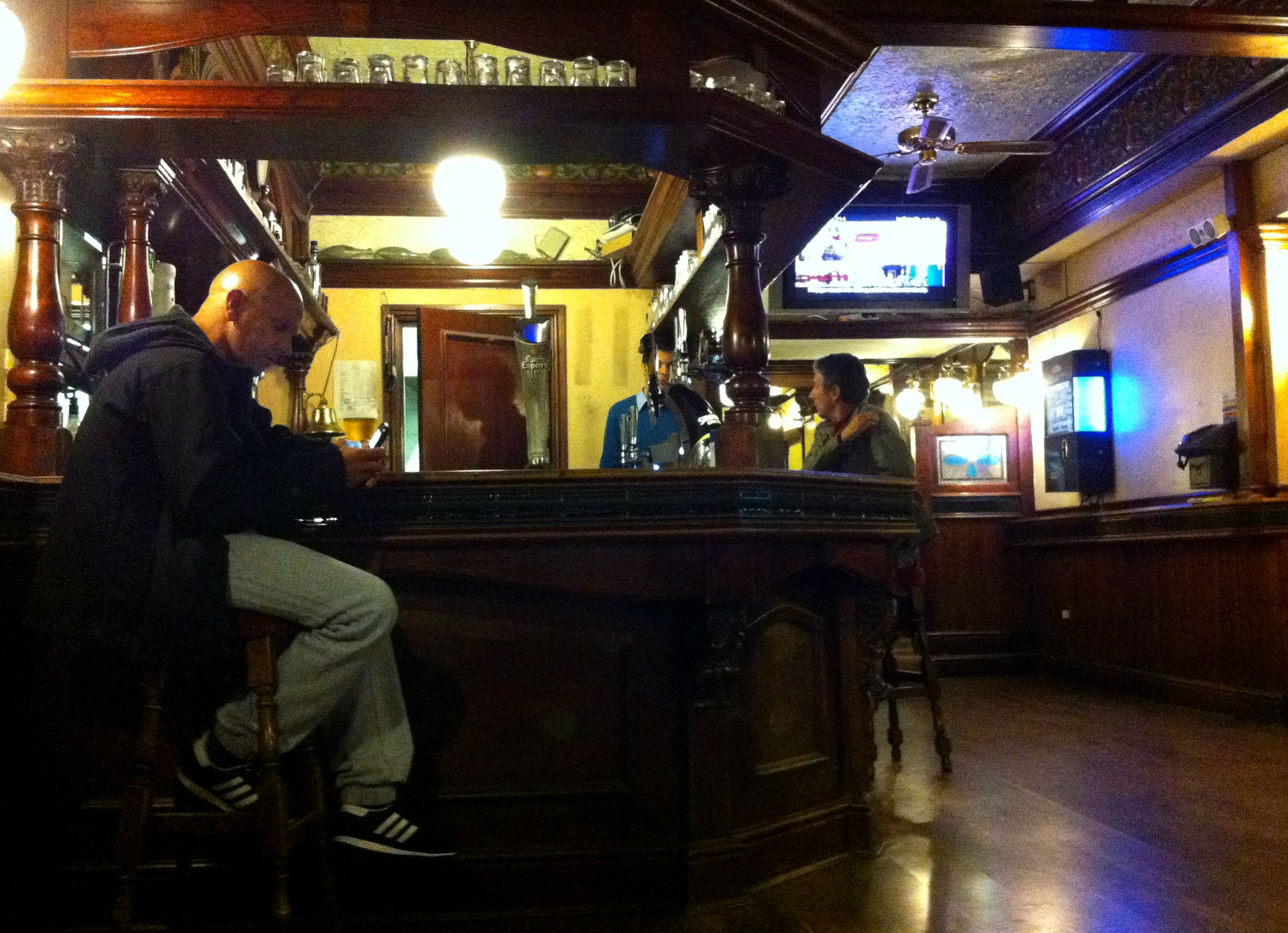
The Clachan is a pub that has given up on a road that feels like it is woozily throwing a few, desperate hooks before conceding to the inevitable. I remember rowdy, colourful nights in the pub’s peculiar, diagonal interior. We sit and chat in hushed tones, swapping conspiratorial glances, as if we are in a church.
By the time we leave there are two blokes at opposite ends of the bar, just sitting in silence. I know as I leave, one way or another, that I’ll never be back in The Clachan again.
There was once a time when, at this point, I would make my uncertain way to the Finch & Firkin with a gang of friends. Nine pints in we may have lost the odd companion, visited a takeaway or two, flirted with some giggling girls, argued about things that didn’t matter, swapped some stories with the regulars. Days to tell tales of.
Now the combination of the chill atmosphere, a relative lack of alcohol and the numbing realisation that many of the Liverpool pubs I’ve taken for granted are facing a threat that’s existential in nature have sobered me up like a slap in the face.
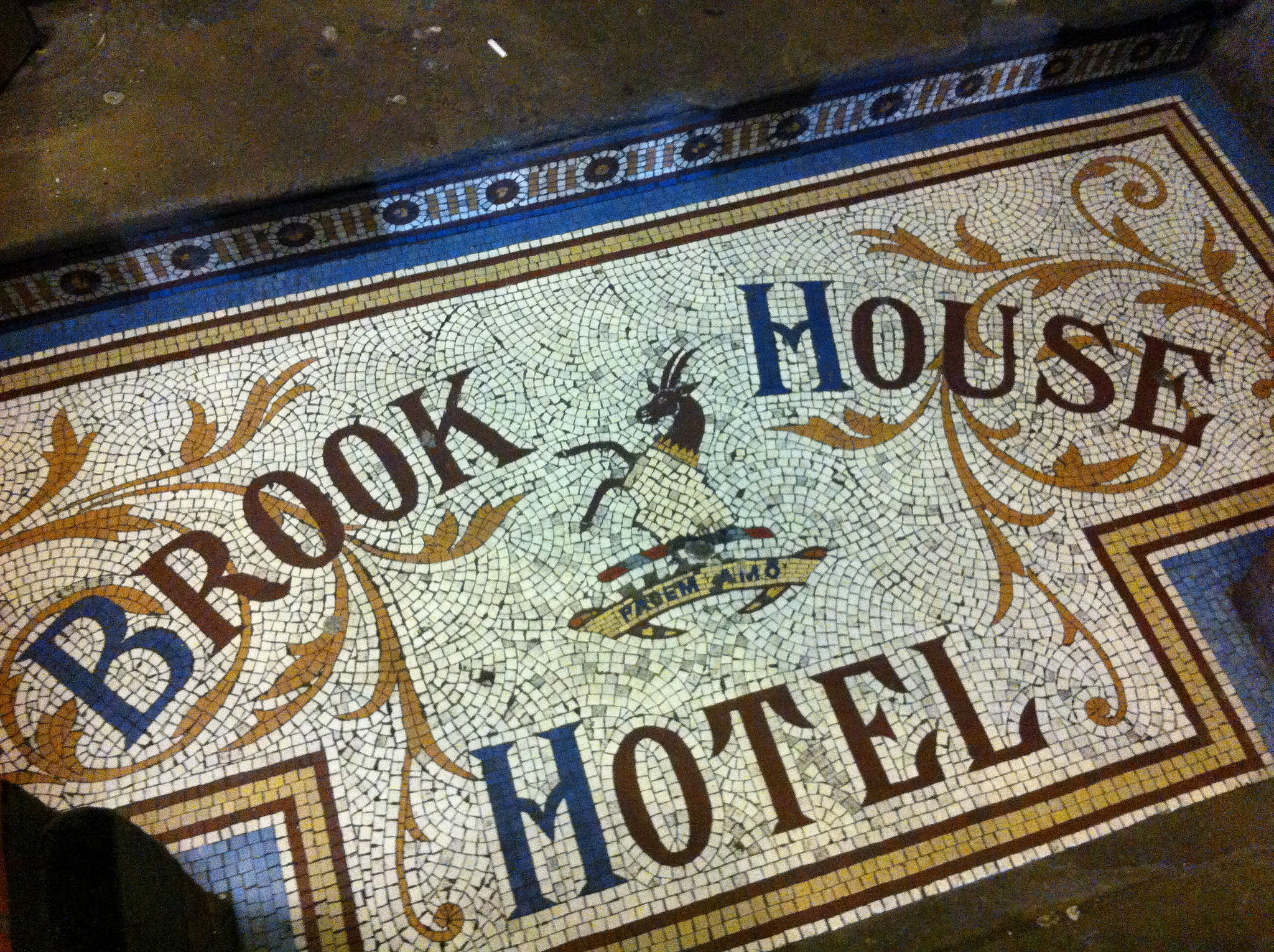
I sup a pint of Greene King IPA in The Brookhouse – as it is these days. I used to get smashed in here every Thursday night with all my uni friends. Bad karaoke, £1 pints and tequila girls. I was in here the night Manchester United won the Champions League in 1999 and scary blokes on the door asked everyone who they supported on the way out. It was cheap, cheerful and bright yellow.
Nowadays The Brookhouse is rather swish inside but I can’t make the connection back to the pub I used to know. It’s an Ikea show-home that happens to sell beer – the difference to the Boundaries and Newstead Abbeys so vast as to be meaningless.
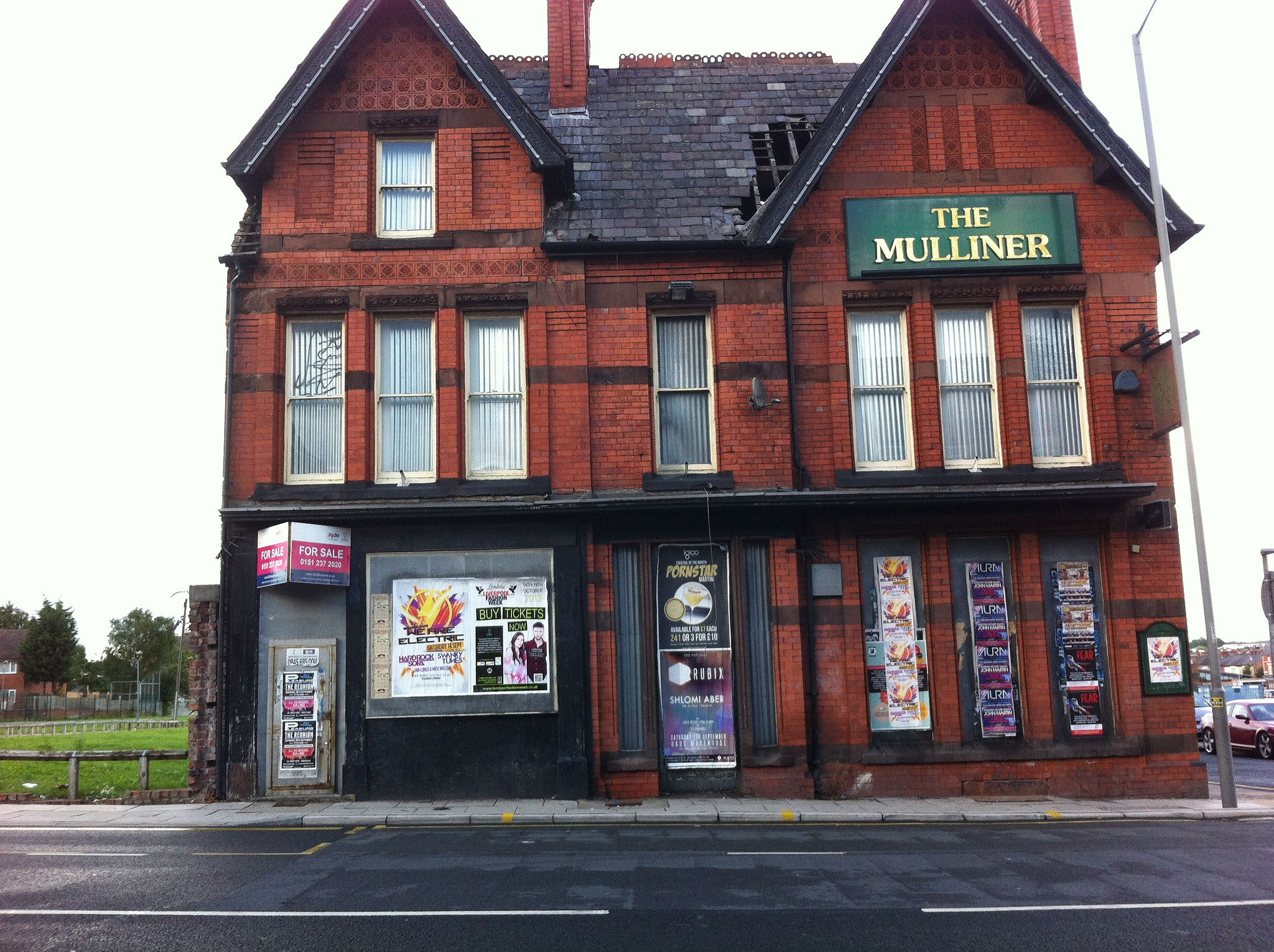
It’s a sad end to a day that I’d hoped would be a pleasant walk down memory lane. But Smithdown – a place I once called home – seems as foreign now as it did when I first arrived in Liverpool, 16 whole years ago. Back then Liverpool was new to me, with places to be discovered and explored; forays such as the Smithdown 10 expanded my geographical and conceptual horizons, eased me into the local idiom. Pubs full of character and characters told me so much about the city that would become my home.
That they’re falling by the wayside, being lost to uninterested tenants or smashed down as the surrounding areas are CPOd into oblivion isn’t sad because of some misty-eyed nostalgia: pubs are the glue that bind communities together; repositories for lore and folk memories; little time capsules amid the transient.
That students can no longer complete this wonderful pub crawl is, in itself, small beer. Its loss should give us pause beyond the usual hand-wringing and eye-rolling that greet the latest eulogy for lost pubs, because they’re about so much more than the fabric of them, of ale and banter. To understand them – and many like them – was to understand the city. Every one was a museum of Liverpool.






